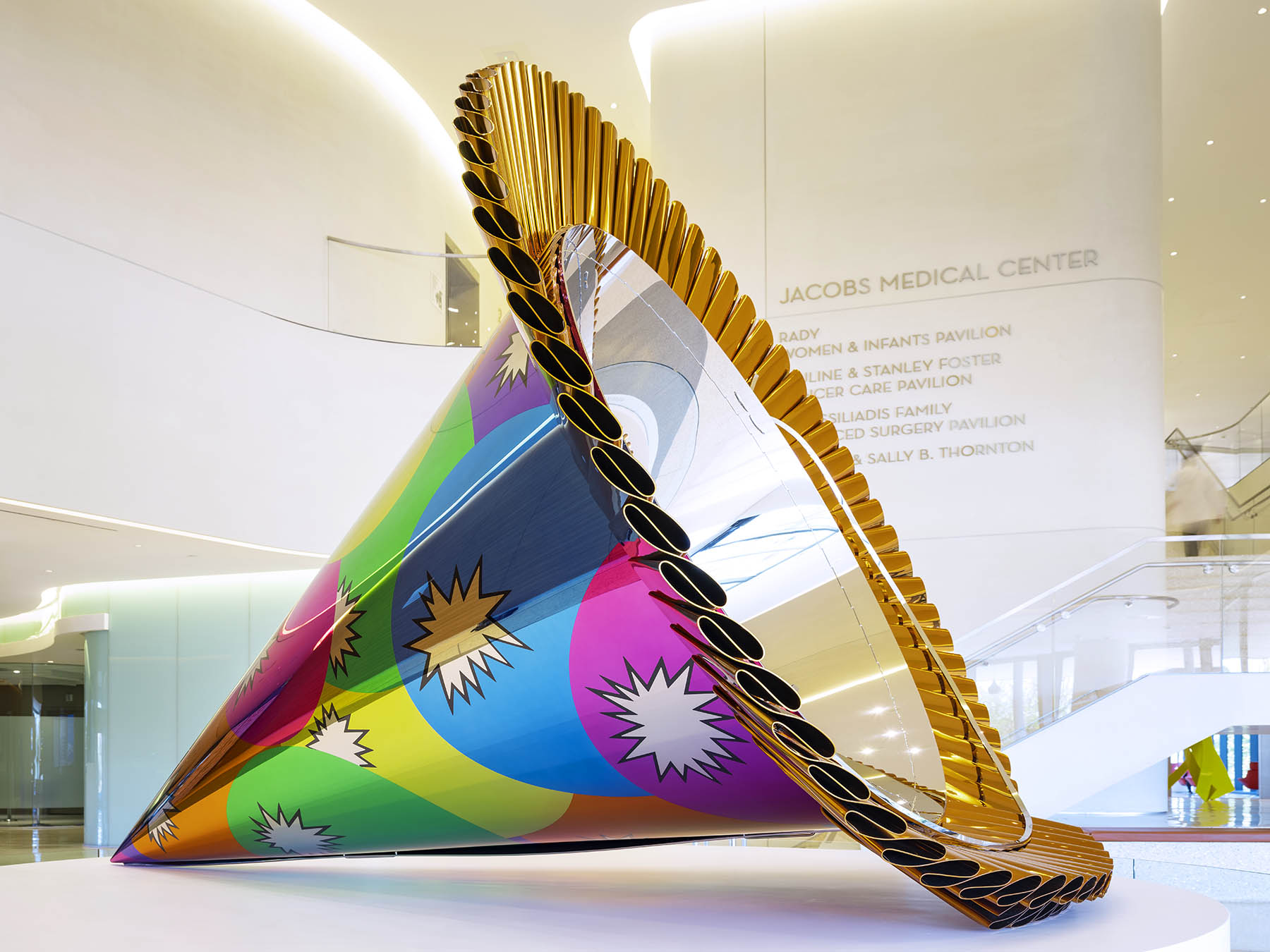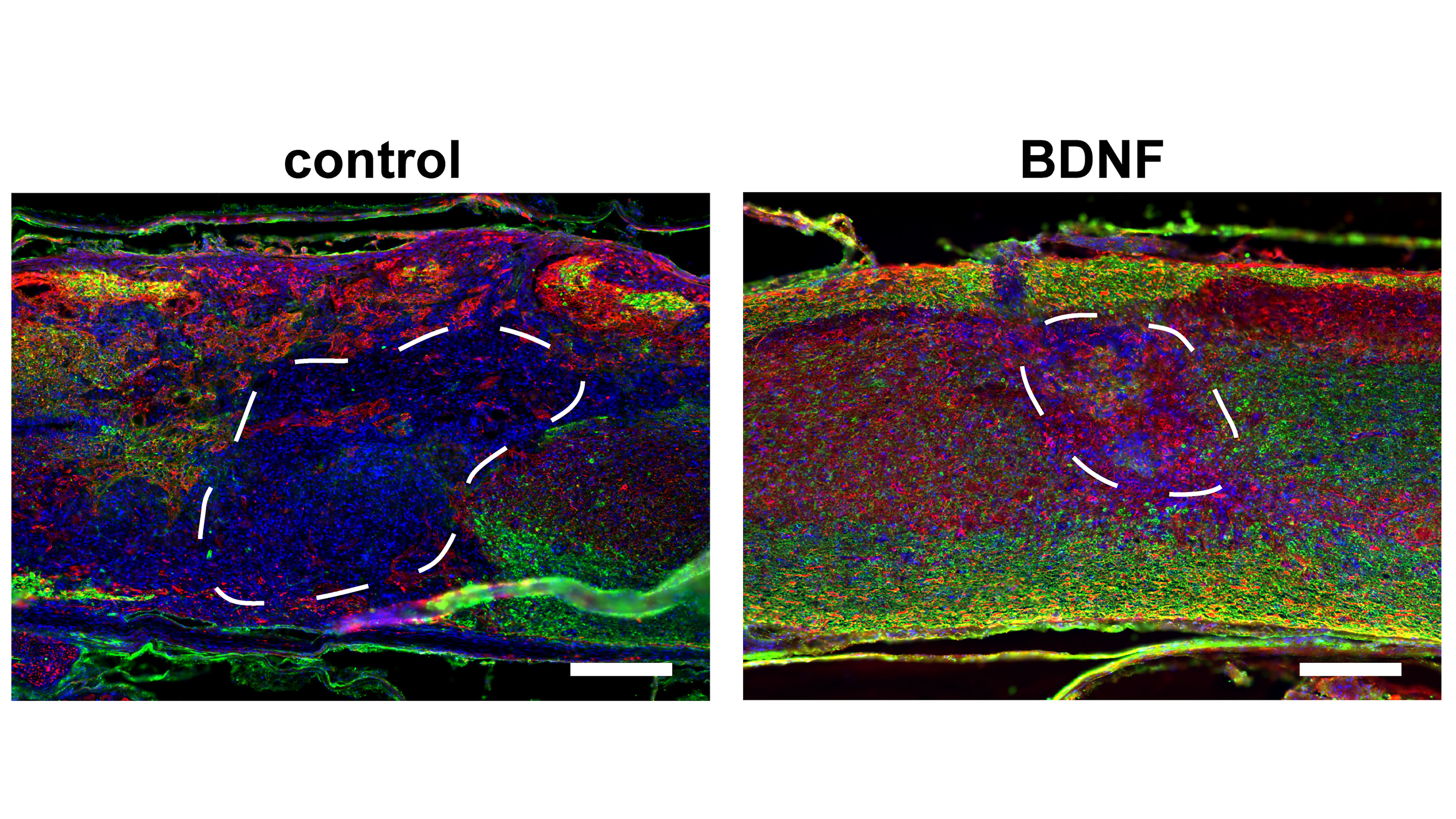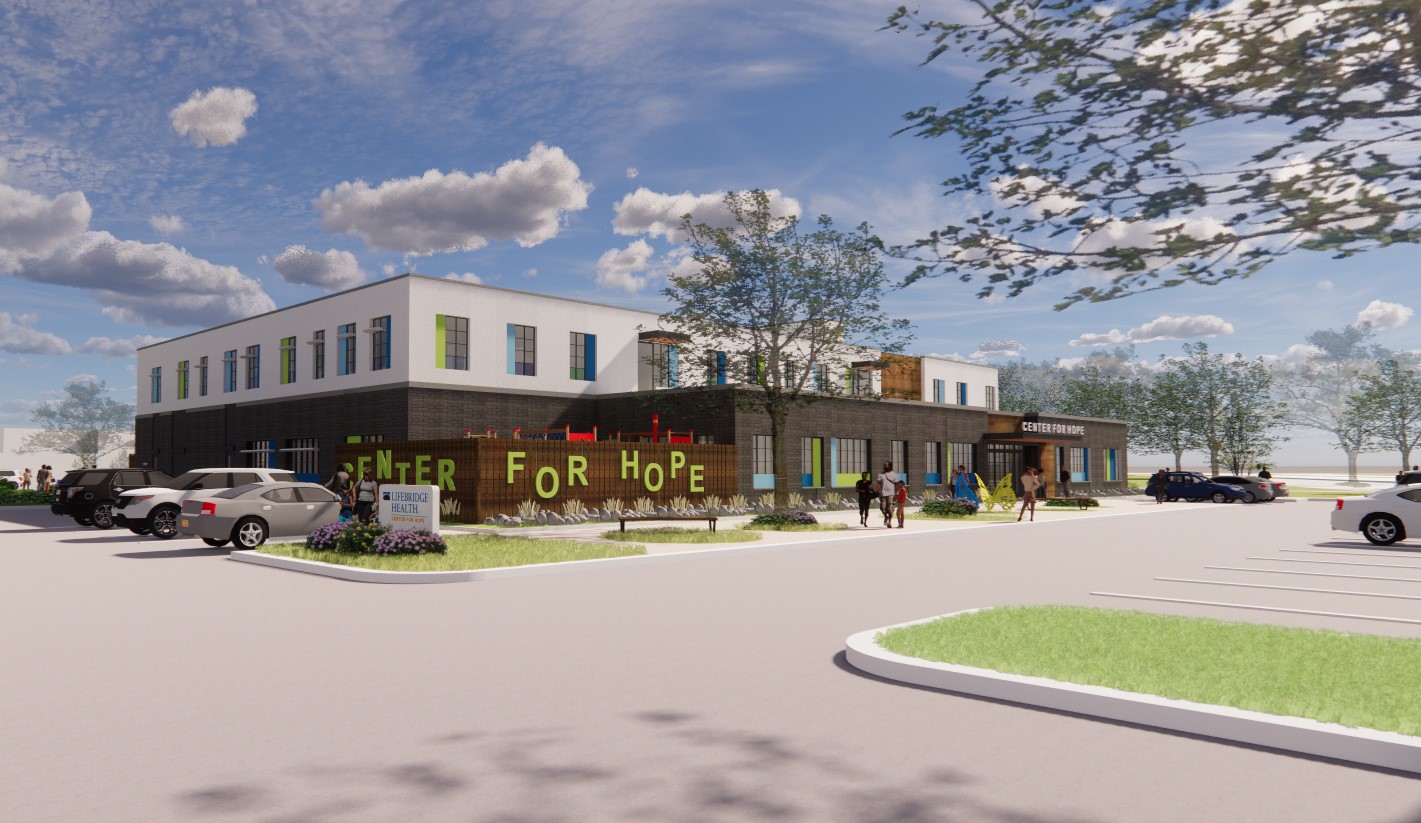University of Oregon researchers have developed a system to get that protein to the site of injury and release it gradually over time.
Tag: Healing
Simulating Cuts and Burns Reveals Wound Healing and Clearing Power of Fibroblasts
In APL Bioengineering, researchers create a biomimetic model to study wound healing in burn and laceration wounds. The team designed an in vitro model system made of fibroblasts embedded in a collagen hydrogel. Wounds were created in this microtissue using a microdissection knife to mimic laceration or a high-energy laser to simulate a burn. They discovered that fibroblasts clear away damaged tissue before depositing new material. This part of the healing process is slower in burn wounds.
Self-powered implantable device stimulates fast bone healing, then disappears without a trace
Researchers know that electricity can help speed up bone healing, but “zapping” fractures has never really caught on, since it requires surgically implanting and removing electrodes powered by an external source. Xudong Wang’s latest invention may make electrostimulation a much more convenient option to speed up bone healing.
Research News Tip Sheet: Story Ideas from Johns Hopkins Medicine
During the COVID-19 pandemic, Johns Hopkins Medicine Media Relations is focused on disseminating current, accurate and useful information to the public via the media. As part of that effort, we are distributing our “COVID-19 Tip Sheet: Story Ideas from Johns Hopkins” every other Wednesday.

Monumental Sculpture by Jeff Koons Debuts at Jacobs Medical Center
A new monumental sculpture by artist Jeff Koons debuts as part of the 150-piece Healing Arts Collection at the UC San Diego Health hospital. The artwork, titled Party Hat (Orange), was purchased 15 years ago by longtime university donors Joan and Irwin Jacobs while it was still in production. The larger-than-life metallic party hat reflects the transformative power of the healing that happens on the premises, as well as the celebration of new life at the hospital’s Birth Center.

Injectable Porous Scaffolds Promote Better, Quicker Healing After Spinal Cord Injuries
In APL Bioengineering, researchers have developed materials that can interface with an injured spinal cord and provide a scaffolding to facilitate healing. To do this, scaffolding materials need to mimic the natural spinal cord tissue, so they can be readily populated by native cells in the spinal cord, essentially filling in gaps left by injury. The researchers show how the pores improve efficiency of gene therapies administered locally to the injured tissues, which can further promote tissue regeneration.

LifeBridge Health Launches Innovative New Center for Hope, Comprehensive Violence Intervention and Prevention Services Integrated Together Under One Roof
LifeBridge Health launched the Center for Hope, the first comprehensive violence intervention and prevention center in the nation that is part of a large regional health system. The Center for Hope brings together LifeBridge Health services around child abuse, domestic abuse and elder abuse along with community violence prevention programs, including a new Safe Streets site. The building design, which will be revealed at groundbreaking event, was created to welcome children, youth and adults into a space that fosters hope, safety and wellness, including an outdoor area for therapeutic play. The purpose of the Center for Hope is to advance hope, healing and resilience for those impacted by trauma, abuse and violence through comprehensive response, treatment, education and prevention.